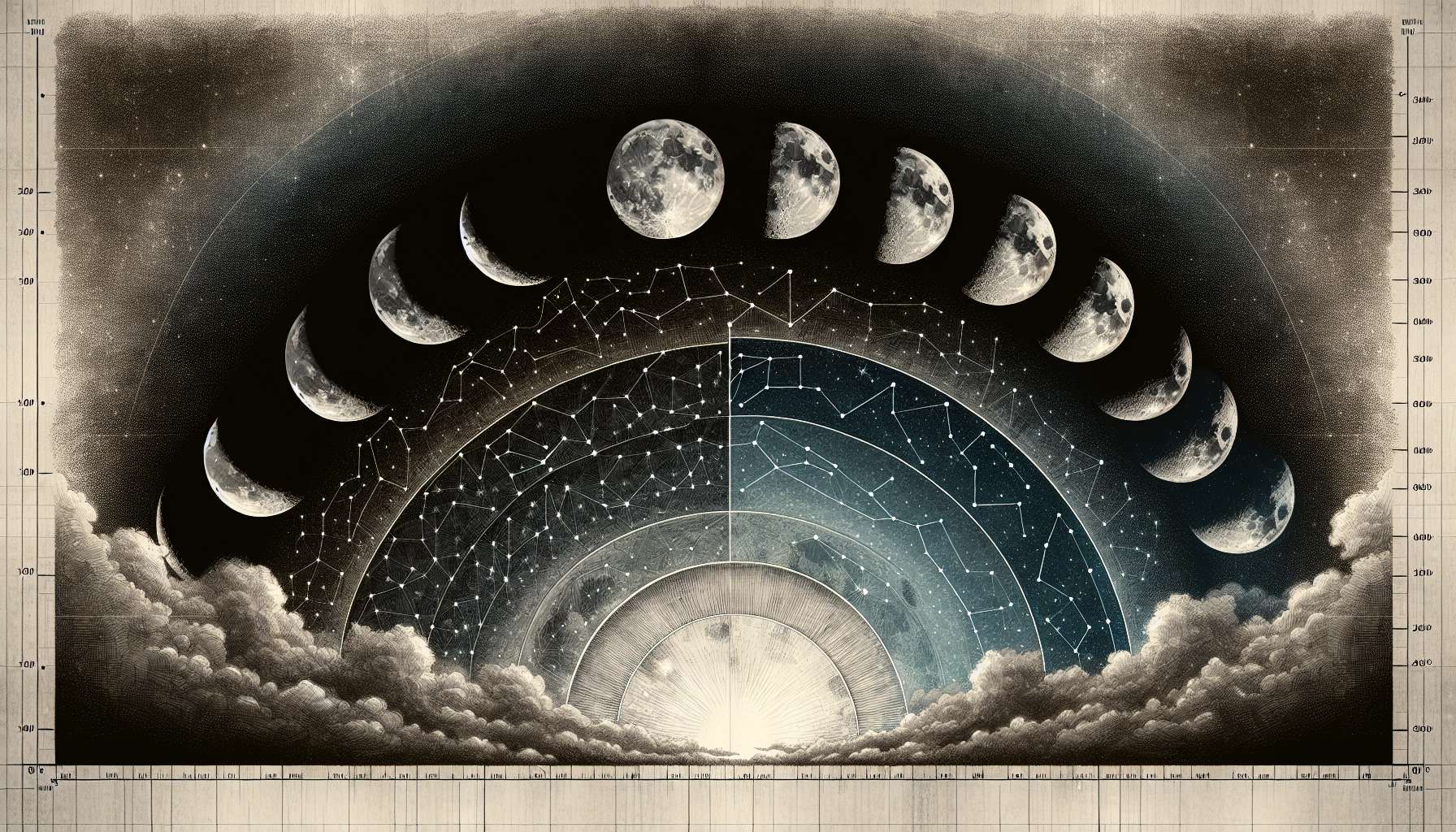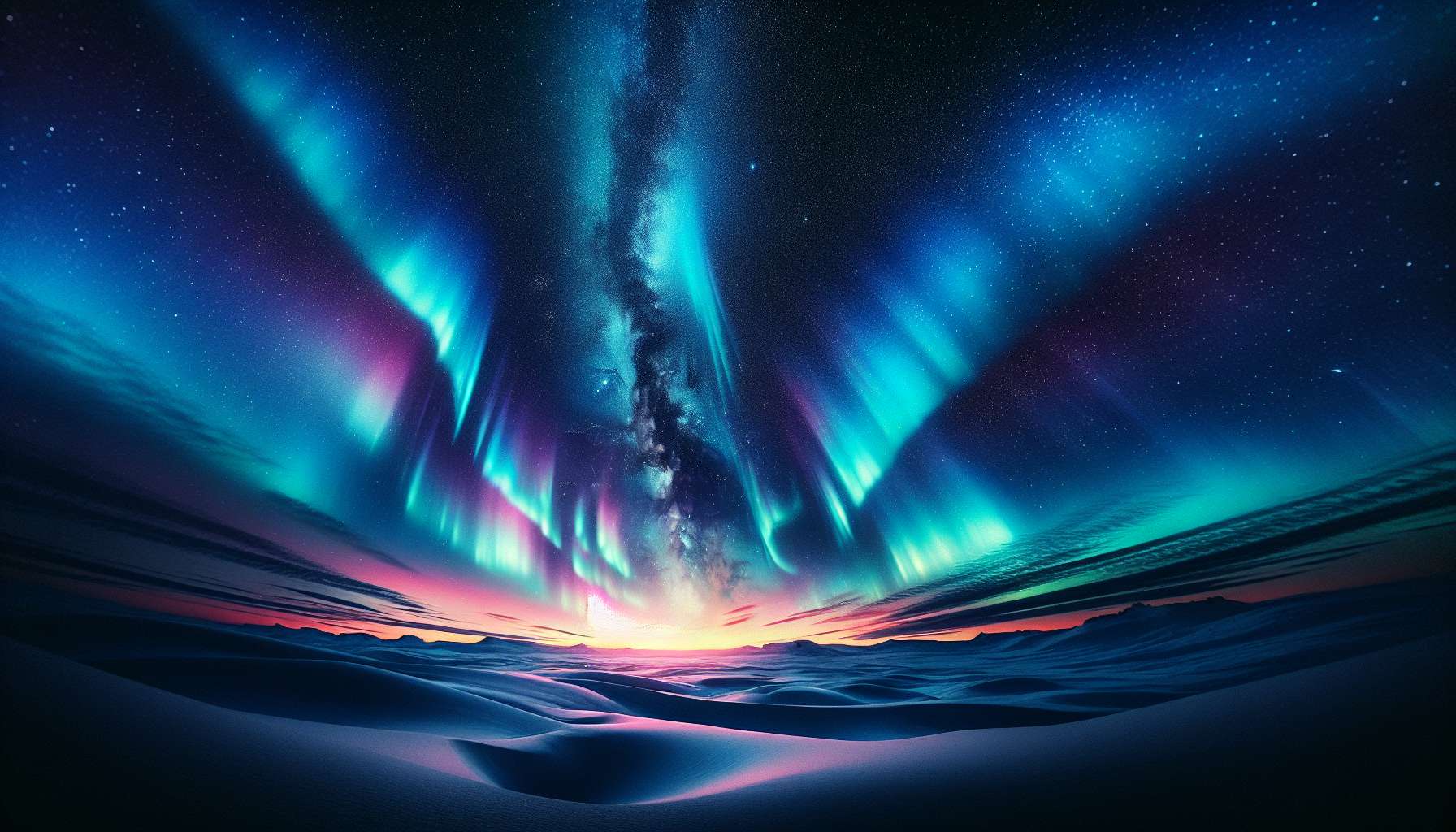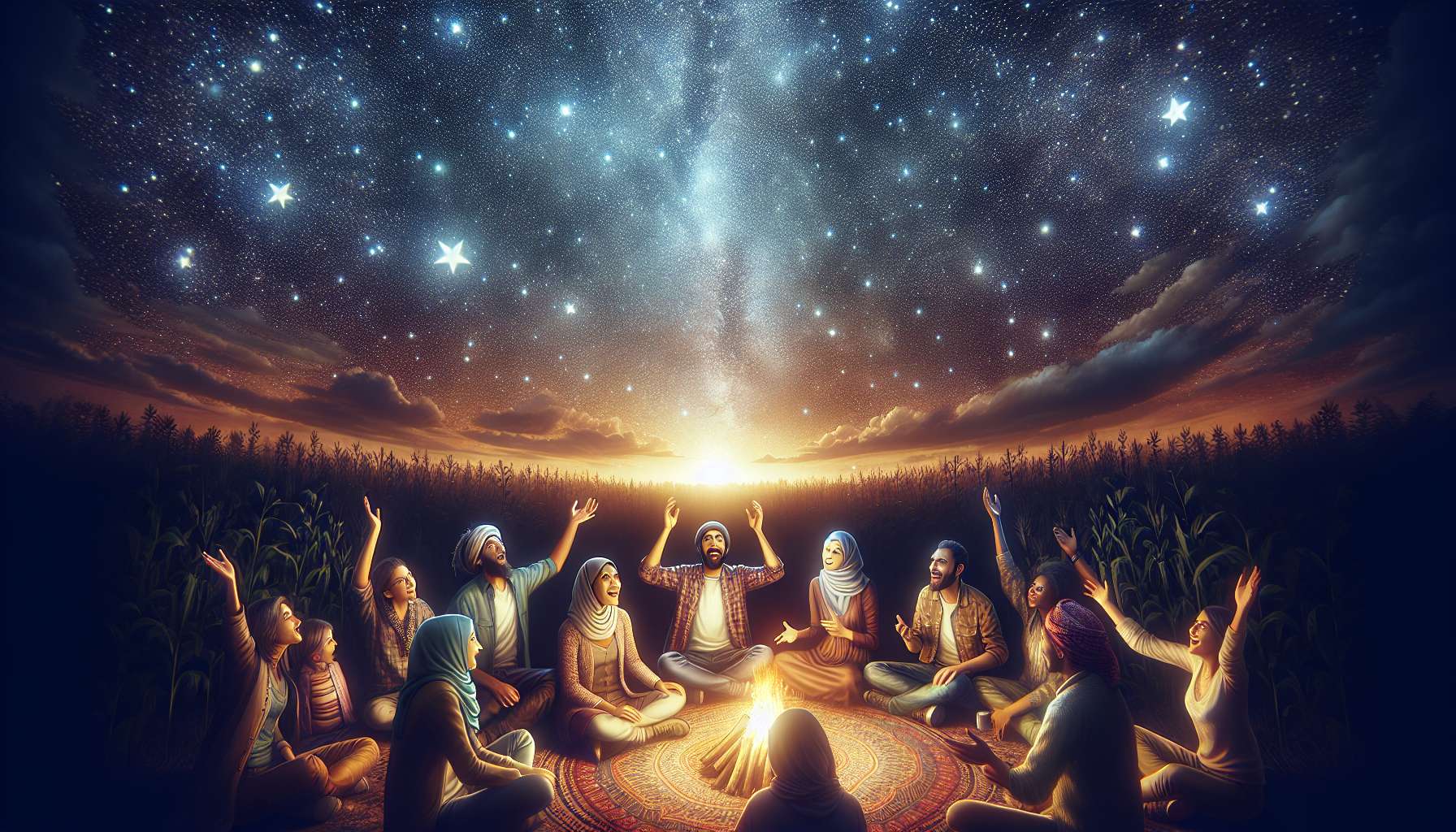Nocturnal Photography Techniques: Capturing the Beauty of the Night
When the sun sets and darkness envelops the world, a different kind of magic unfolds. Nocturnal photography techniques allow us to capture the elusive beauty of the night, revealing a hidden world filled with mystery, drama, and wonder. In this comprehensive guide, we will delve into the intricacies of nocturnal photography, exploring the techniques, tools, and tips that can help you master the art of capturing stunning images after dark.
The Art of Nocturnal Photography
Nocturnal photography, also known as night photography, is a specialized form of photography that focuses on capturing images in low-light conditions or during the night. This unique style of photography presents a variety of challenges and requires a different set of skills compared to traditional daytime photography.
What makes nocturnal photography so captivating is the way it transforms familiar landscapes and scenes into something entirely new and surreal. The interplay of light and shadow, the twinkling of stars in the night sky, and the soft glow of artificial lights create a magical atmosphere that is both haunting and beautiful.
Whether you are a seasoned photographer looking to expand your skills or a beginner eager to explore the world of night photography, mastering the techniques of capturing images in low-light conditions is essential. In the following sections, we will explore some key techniques and tips that can help you elevate your nocturnal photography game.
Understanding Exposure in Low-Light Conditions
One of the most critical aspects of nocturnal photography is understanding exposure and how to adjust your camera settings to achieve optimal results in low-light conditions. When shooting at night, there is less available light, which can make it challenging to capture sharp, well-exposed images.
To compensate for the lack of light, you will need to adjust your camera settings, including the aperture, shutter speed, and ISO. A wider aperture (smaller f-stop number) allows more light to enter the camera, while a slower shutter speed lets in more light over a longer period. However, using a wider aperture and slower shutter speed can result in motion blur if your subject is moving.
Increasing the ISO sensitivity of your camera can also help to capture more light in low-light conditions. However, higher ISO settings can introduce noise or grain to your images, so it is essential to strike a balance between ISO sensitivity and image quality.
Using Long Exposure Techniques
One of the most popular techniques in nocturnal photography is long exposure photography, which involves using a slow shutter speed to capture motion and create stunning light trails. Long exposure photography can be used to capture star trails, light painting, traffic trails, and other creative effects that are not visible to the naked eye.
To master long exposure photography, you will need a sturdy tripod to keep your camera steady during long exposures. You should also use a remote shutter release or set a timer to avoid camera shake when pressing the shutter button. Experimenting with different shutter speeds and apertures can help you achieve the desired effects and create unique and captivating images.
Light Painting and Creative Lighting Techniques
Light painting is a creative technique that involves using handheld light sources, such as flashlights or LED lights, to paint or illuminate a scene during a long exposure. This technique allows you to add light selectively to certain areas of the image, creating dramatic effects and highlighting specific elements in the frame.
Experimenting with creative lighting techniques can help you add depth, dimension, and visual interest to your nocturnal photos. By strategically placing light sources, adjusting the intensity and direction of the light, and playing with shadows and highlights, you can create dynamic and visually appealing images that stand out from the crowd.
Mastering White Balance and Color Temperature
White balance is a crucial aspect of photography that determines the overall color temperature of your images. In nocturnal photography, artificial lights, such as streetlights, neon signs, and car headlights, can cast a variety of different colors and tints on your photos.
Understanding how to adjust white balance settings on your camera can help you achieve more accurate and natural-looking colors in your nocturnal images. Experimenting with different white balance presets, such as tungsten, fluorescent, and daylight, can help you find the right balance and create images that accurately reflect the colors of the night.
Utilizing Post-Processing Techniques
Post-processing is an essential step in the nocturnal photography workflow, allowing you to fine-tune and enhance your images after they have been captured. Editing software such as Adobe Lightroom, Photoshop, or Capture One can help you adjust exposure, contrast, color balance, and other settings to achieve the desired look and feel for your nocturnal photos.
When editing nocturnal images, pay attention to details such as noise reduction, sharpening, and contrast adjustments to bring out the best in your photos. Experimenting with different editing techniques, such as dodging and burning, selective color adjustments, and gradient filters, can help you create stunning and visually striking images that capture the essence of the night.
Expert Opinions: Tips from Nocturnal Photography Masters
For further insights into the world of nocturnal photography, we reached out to some renowned photographers who specialize in capturing the beauty of the night. Here are a few tips from the experts:
“When shooting at night, don’t be afraid to experiment with different compositions and angles. The night offers a unique canvas for creativity, so don’t limit yourself to traditional techniques.” – Emily Johnson, Night Sky Photographer
“Using a wide-angle lens can help you capture more of the night sky and create expansive and immersive images that transport viewers to another world.” – Alex Chen, Urban Night Photographer
“Patience is key when it comes to nocturnal photography. Take your time to set up your shots, adjust your camera settings, and wait for the perfect moment to press the shutter button.” – Mark Davis, Landscape Night Photographer
Common Misconceptions About Nocturnal Photography
While nocturnal photography can be a rewarding and exciting genre of photography, there are several common misconceptions that can hinder your success. Here are a few myths debunked:
Myth: You need expensive equipment to capture great night photos.Reality: While high-quality gear can enhance your nocturnal images, creativity, skill, and technique are more important than expensive equipment.
Myth: Night photography is only for experienced photographers.Reality: Anyone can learn and master the techniques of nocturnal photography with practice, patience, and dedication.
Conclusion: Embracing the Night Through Photography
As the sun sets and darkness falls, the world transforms into a canvas of light and shadow, waiting to be captured and immortalized through the lens of a camera. Nocturnal photography techniques allow us to explore the beauty and mystery of the night, revealing a hidden world that is both enchanting and captivating.
By mastering the art of exposure, long exposure photography, creative lighting techniques, white balance adjustments, and post-processing, you can unlock the full potential of nocturnal photography and create stunning images that evoke emotion, wonder, and awe.
Whether you are a beginner or a seasoned photographer, experimenting with different techniques, pushing the boundaries of creativity, and embracing the challenges of shooting in low-light conditions can lead to truly magical results. So grab your camera, venture into the night, and let the beauty of the nocturnal world inspire you to create images that shine brightly in the darkness.




